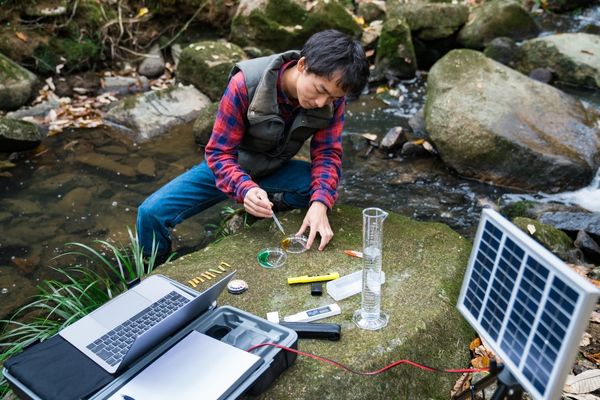Collecting and Accessing Research Data

Data Collection and Access
Methods used to collect data vary based on the type of research. Data collection may involve technology or manual procedures.
Survey Tool Options
A variety of survey tools are available for research. Selecting the appropriate survey tool depends on the research project and data collection needs. This includes data storage and sharing, access permissions, complexity of the data collected, and data retention.
REDCap (Research Electronic Data Capture) is a free and secure web application that University of Toronto faculty and researchers can use to build and manage online surveys and databases. While REDCap can be used to collect virtually any type of data, it is specifically geared to support online or offline data capture for research studies and operations.

Microsoft Forms allows for quick and easy creation of surveys, questionnaires and polls. It is relatively simplistic in functionality. Data collected via the Forms tool is currently for Level 2. Collected data is automatically converted into charts and graphs for quick analysis and interpretation.

Where Can I Find or License Data?
The Map and Data Library has an extensive collection of data – from georeferenced historical maps to microdata from government-collected surveys. Contact their team to help locate datasets.
The Data Sciences Institute will provide grants of up to $10,000 to cover costs associated with accessing and working with large data sources that are necessary to carry out data-intensive research projects.
The Alliance Research Data Management team, in collaboration with partners of the Federated Research Data Repository (FRDR), are developing Lunaris, the new platform for data discovery. Lunaris will integrate both text- and map-based searching to offer a dynamic and intuitive discovery experience for researchers.




